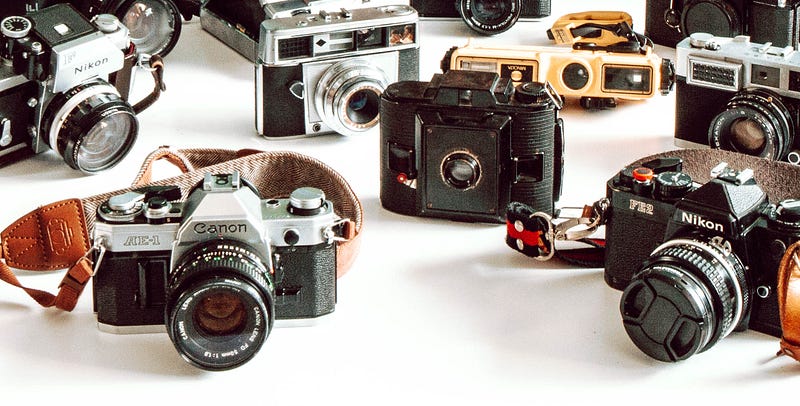Finding Light in the Darkroom

How film photography changed my life.
Story by Tony Mueantonthian
I vividly remember the first time I transformed my closet into a makeshift darkroom.
I was sitting in the middle of the floor while my friend held a blue, fluffy blanket around the door frame so the light wouldn’t leak through. The first few attempts were challenging, but after developing over 20 rolls, I never felt more confident in myself.
There’s something profound about film photography. The step-by-step method of loading film into the developing tank, the strong smell of chemicals and the anticipation for the final results are the most exhilarating experiences a darkroom could offer.

When you walk into a darkroom and shut the lights off, you immediately lose your sense of sight but can gain more in sound and touch. The room is so silent you can hear the rustle of photographs as they brush against each other.
Developing film is reminiscent of making a cup of coffee — you need to get the perfect water temperature to reach the ideal flavor.
For film, you need to get the temperature and the timing just right, otherwise the photos could get ruined.
I can still recall the moment when I accidentally ruined an entire roll of my friend Thanate Pattapong’s film by exposing the roll into direct sunlight in my living room. Right after I opened the developing tank, it resulted in ruining the 36 photos he took. Although he was in disbelief, he laughed it off.
Despite the fact that it’s difficult to get flawless results, the mistakes I make can be a valuable life lesson. I learned I should appreciate the effort I put into getting the product I desire.
I think of the darkroom as my refuge. I can set aside time to think of ways to solve certain problems I have in my life. Most importantly, it helps me get to know myself better.
In 2016, I first discovered film photography while attending a workshop session at the Fox Darkroom, a photography studio in Melbourne, Australia. By immersing myself throughout the whole process, I instantly felt this newfound passion could help restore my mental health.
Originally from Thailand, I had a difficult time experiencing culture shock while I studied abroad. In order to blend in with society, I had to constantly adjust to new cultures.
In 2020, the World Health Organization reported there were more than 264 million people of all ages suffering from depression around the world. The most common problems international students face are cultural shifts, as well as financial and accommodation issues. Holding the status of an international student is not as easy as many people would imagine.
Thanate once told me how film photography is similar to how the world moves. Today, we are dealing with a fast-paced environment where it’s challenging to find a moment to pause and make time for ourselves. Film photography can be a solution because it can help others focus on the present more than ever.

Nowadays, most people tend to shoot digital photography. With this medium, you can take photos to your heart’s content without putting much thought into the process. In contrast, you have to be conscientious of film. Film photography is evocative of the old days — it can take forever to see the photos and you never know what it will look like until you develop the roll.
Each step of developing film has taught me countless things. It taught me how to make a decision cautiously, to be patient, to overcome mistakes and to always learn how to love myself. I can’t imagine how my life would have turned out if I had never discovered the darkroom.
